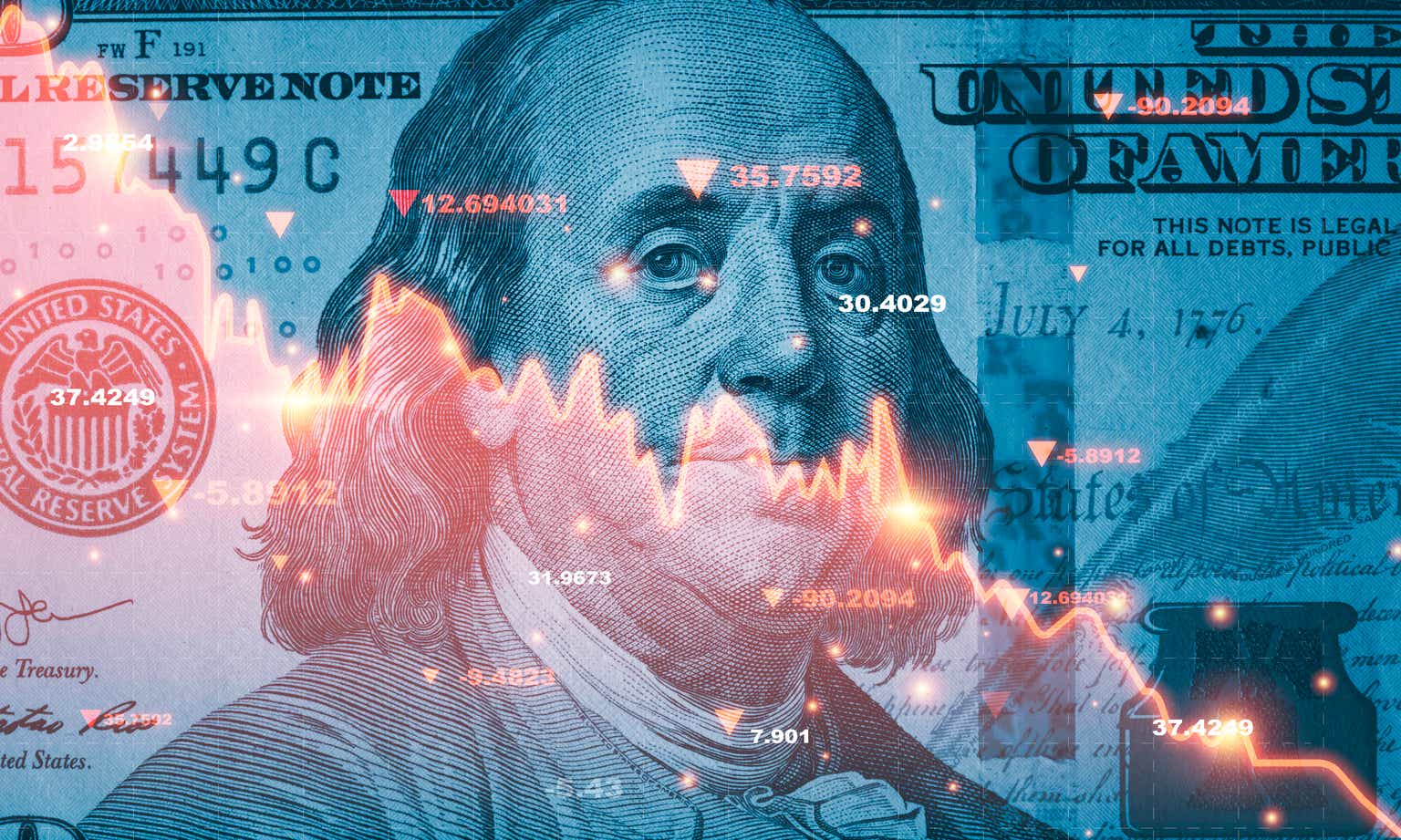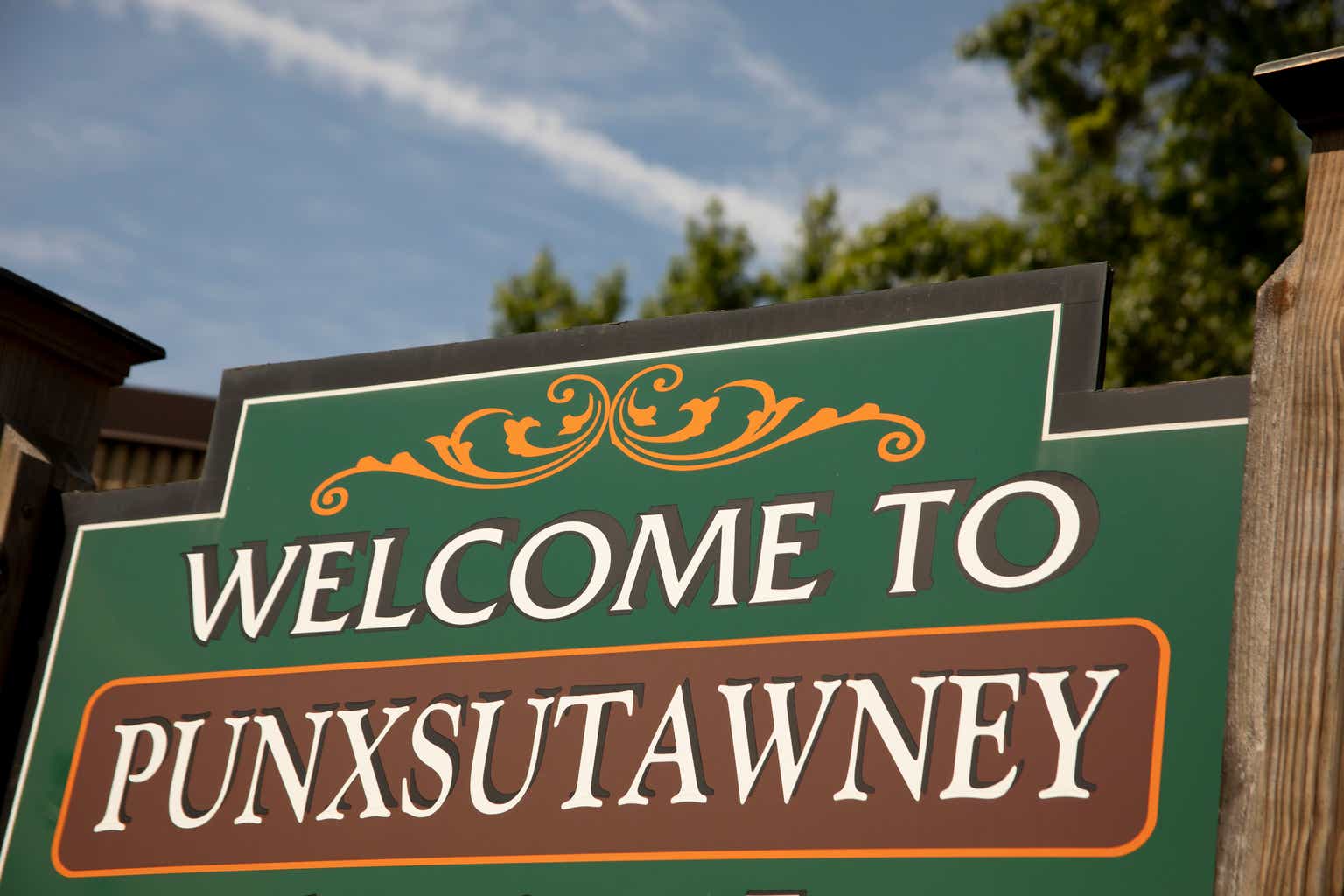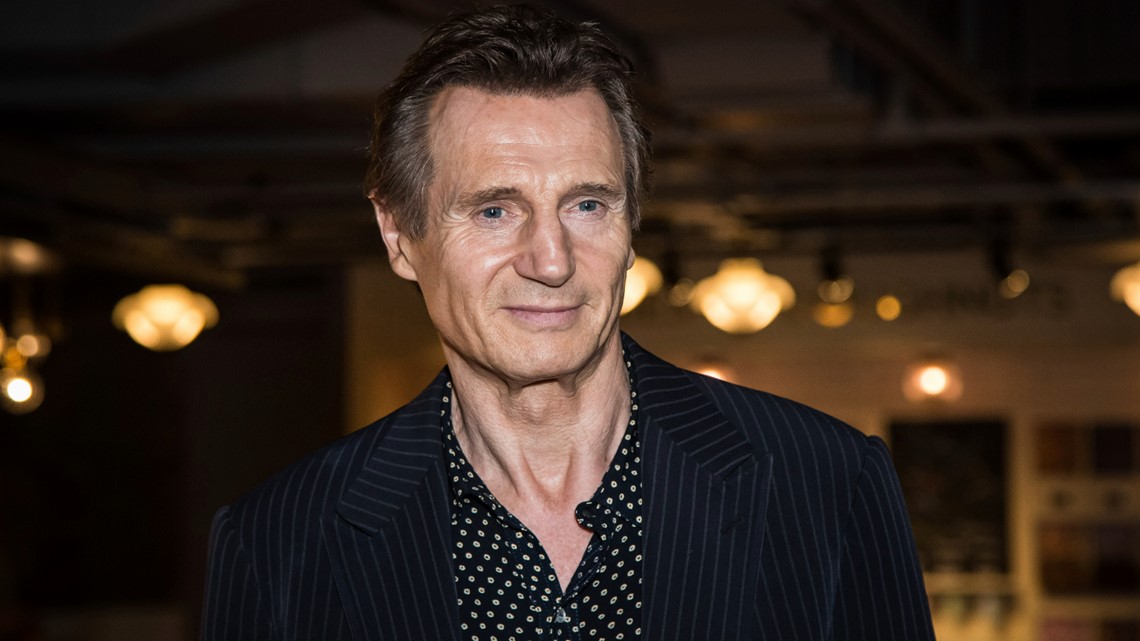The 2024 election bugle has been sounded but the traditional band-baaja buzz is missing. This could be partly because a general election is more a marathon than a sprint, spread over two and a half months in excruciating summer heat. The lack of excitement is more likely because the outcome seems preordained: Never before in recent memory has there been a consensus on the inevitability of the result. Barring the most miraculous twist in fortune, Narendra Modi is set to emulate his bete noire Jawaharlal Nehru and win three consecutive five-year terms. But while the result appears a foregone conclusion, here is the nagging question: Is there really a level playing field in what is meant to be a free and fair democratic battle?

There is little doubt that the Opposition is in disarray. The INDIA bloc has been badly fractured, struggling to deal with the numerous contradictions that lie within. Except for Maharashtra and Tamil Nadu, there is no major state where the alliance has held firmly together. The Congress mirrors the state of a rudderless Opposition with Rahul Gandhi embarking on a nationwide yatra at a critical juncture while his party struggles with alliance permutations.
And yet, even a bedraggled Opposition deserves the benefit of a level playing field at election time. Take the Election Commission of India (ECI), which is legally empowered to conduct the elections in a fair and even manner. A neutral umpire is not just meant to be fiercely non-aligned but must be seen to be so. Sadly, that constitutionally mandated role has come under increasing scrutiny. In 2019, election commissioner Ashok Lavasa’s dissent note on a series of clean chits given by the ECI to the Prime Minister (PM)’s allegedly divisive speeches was not even placed on record and he was eventually shunted out from the election body. Now, in 2024, the government has negated a Supreme Court order by ensuring its total supremacy in appointing election commissioners. Even the elongated election schedule raises troubling questions: Why, for example, does Maharashtra with no history of electoral violence have a five-phase poll? Is it to only allow the PM as the Bharatiya Janata Party (BJP)’s star campaigner to crisscross the state in every phase?
The diminishing credibility of the ECI reflects a larger institutional corrosion in which official conduct rules are being tested. For example, the Centre’s move last year to get top officers to spread awareness of the Modi government’s achievements as rath prabharis during a Viksit Bharat Yatra sparked controversy over the unabashed politicisation of the bureaucracy. Another order from the ministry of defence asked soldiers on leave to promote government schemes as soldier- ambassadors. In effect, the lines between a ruling party and government have been blurred.
The weaponisation of central investigating agencies, in particular the Enforcement Directorate (ED), has ensured that Opposition leaders remain on tenterhooks. The arrest of Delhi chief minister and Aam Aadmi Party chief Arvind Kejriwal late Thursday in the alleged Delhi liquor scam is a part of this pattern. With the Bharat Rashtra Samithi leader K Kavitha being arrested in the liquor case, ED’s looming presence is spreading a growing sense of disquiet in Opposition ranks. The Income Tax department is just as proactive: It has frozen the accounts and sought recovery of ₹100 crore from the Congress over alleged discrepancies in its 2018-19 tax returns.
Moreover, as details of electoral bonds have revealed so far, there appears to be a correlation between coercive action by agencies and bond donations, a quid pro quo that smacks of unseemly deal-making. As many as 14 of the top 30 donors are companies who faced investigative action in the period when bonds were purchased suggesting that monies might have been paid as “protection” from prosecution. That more than 50% of these bond monies went to the BJP is less surprising: The party is the dominant party nationally and has huge access to resources, be it in cash or bonds. But when one party has more spending power than all the rest put together, it does create a financial muscle mismatch that skews the overall campaign. Just look at the multimedia blitzkrieg of the Modi government and the picture becomes clearer.
Which brings us to the media itself, a large section of which appears to have abandoned any pretensions of playing the role of watchdog and demanding a measure of accountability from the ruling establishment. A survey conducted in April 2019 ahead of the general elections by Broadcast Audience Research Council (BARC), the premier TV viewership monitoring agency, shows that Prime Minister Modi received three times more TV airtime than his political adversaries, most of it suitably adulatory. Expect the balance to be even more heavily weighted in favour of the frontrunner this time.
It isn’t as if Modi wouldn’t win without a fawning media. Or he would lose without the institutional capture of the State. The fact is the PM is a domineering personality, a larger-than-life figure whose energetic presence and muscular leadership easily connect with vast multitudes across a subcontinental size country. A vishwaguru to some, a Hindu priest to others, from a delivery-oriented administrator to a nationalist icon, the Aayega toh Modi hi (only Modi will win) chant symbolises a polity where all dissenting voices are being squeezed out. But even in a match where the winner is almost certain, the other side deserves equal space on the pitch. Denying them that basic opportunity is to do a grave disservice to democracy.
Post-script: A more reassuring note was struck during the recent ECI press conference. When asked to respond to hate speech violations of the model code, the chief election commissioner assured that “no matter how renowned a politician is” action would be taken. Will the Commission walk the talk?
Rajdeep Sardesai is a senior journalist and author. The views expressed are personal















